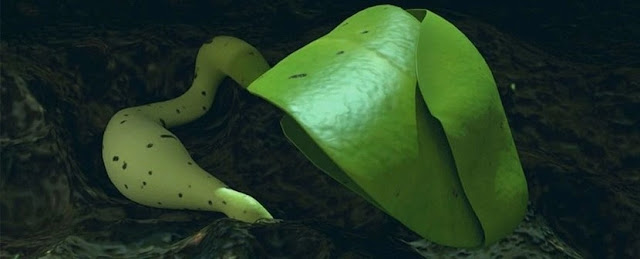
Introduction
In a groundbreaking achievement for space exploration and biology, China has successfully grown a plant on the moon. This milestone was achieved during the Chang’e 4 mission, marking the first time in history that a biological experiment of this kind has succeeded on the lunar surface. The plant, a cotton seed, sprouted two leaves, opening new possibilities for future space colonization and long-term human presence on the moon.
The Chang’e 4 Mission
A Historic Landing
The Chang’e 4 mission, named after the Chinese moon goddess, was launched by the China National Space Administration (CNSA) in December 2018. On January 3, 2019, the spacecraft made history by performing the first-ever soft landing on the far side of the moon, an area that had never been explored by humans before.
Scientific Objectives
The mission’s primary goals included geological studies, examining the lunar environment, and testing the feasibility of biological life in lunar conditions. Among the scientific payloads was a small, self-contained biosphere experiment designed to test whether plants could grow in the harsh lunar environment.
The Lunar Biosphere Experiment
The Experiment Setup
The biosphere experiment, known as the Lunar Micro Ecosystem (LME), contained several types of seeds, including cotton, potato, and Arabidopsis, a model organism often used in plant biology. The LME also included yeast and fruit fly eggs to create a miniature ecological cycle. The experiment was housed in a small, cylindrical container equipped with cameras and sensors to monitor conditions and plant growth.
Achieving Growth
The cotton seed was the first to sprout, pushing through the lunar soil and producing two small leaves. This growth was monitored and recorded by the onboard cameras, providing visual evidence of the successful experiment. The ability of the plant to sprout and grow leaves on the moon is a significant step forward in understanding how terrestrial life can adapt to extraterrestrial environments.
Implications for Space Exploration
Long-Term Lunar Habitation
Growing plants on the moon is a crucial step toward sustainable long-term habitation. Plants not only provide food but also produce oxygen and help recycle carbon dioxide, creating a more viable environment for human life. This experiment demonstrates the potential for establishing self-sustaining habitats on the moon, which is essential for future lunar bases and eventual colonization.
Mars and Beyond
The success of this experiment also has implications for missions to Mars and other distant destinations. Understanding how plants can grow in extraterrestrial environments helps scientists develop strategies for growing food and maintaining life support systems on long-duration space missions. This knowledge is critical for the success of human exploration and settlement of other planets.
Challenges and Next Steps
Environmental Hurdles
Despite the success of the Chang’e 4 biosphere experiment, growing plants on the moon presents significant challenges. The lunar environment is characterized by extreme temperatures, high levels of radiation, and low gravity, all of which can affect plant growth and development. Future experiments will need to address these challenges to improve the viability of lunar agriculture.
Expanding Research
Building on the success of this experiment, future missions can explore a wider variety of plants and biological systems. Scientists are interested in testing more complex ecosystems, including interactions between plants, insects, and microorganisms. These experiments will provide valuable insights into creating sustainable living environments beyond Earth.
Conclusion
China’s successful cultivation of a plant on the moon represents a monumental achievement in space exploration and biology. The sprouting of two leaves from a cotton seed on the lunar surface is more than just a scientific curiosity; it is a critical step toward establishing human life beyond Earth. As we continue to push the boundaries of exploration, these pioneering experiments pave the way for a future where humans can live and thrive on other celestial bodies. The Chang’e 4 mission’s success inspires hope and excitement for the next era of space exploration and the possibilities it holds.
